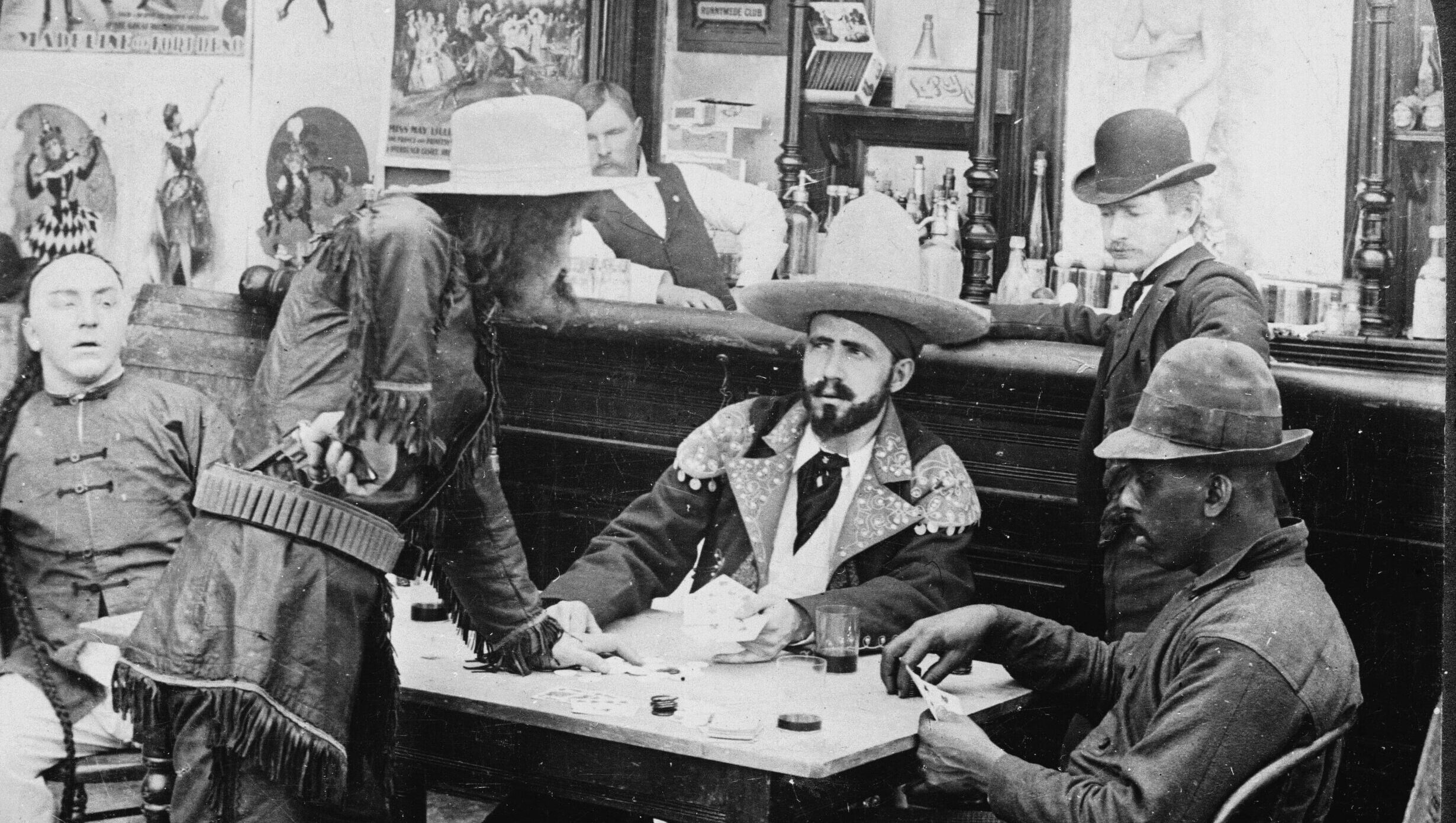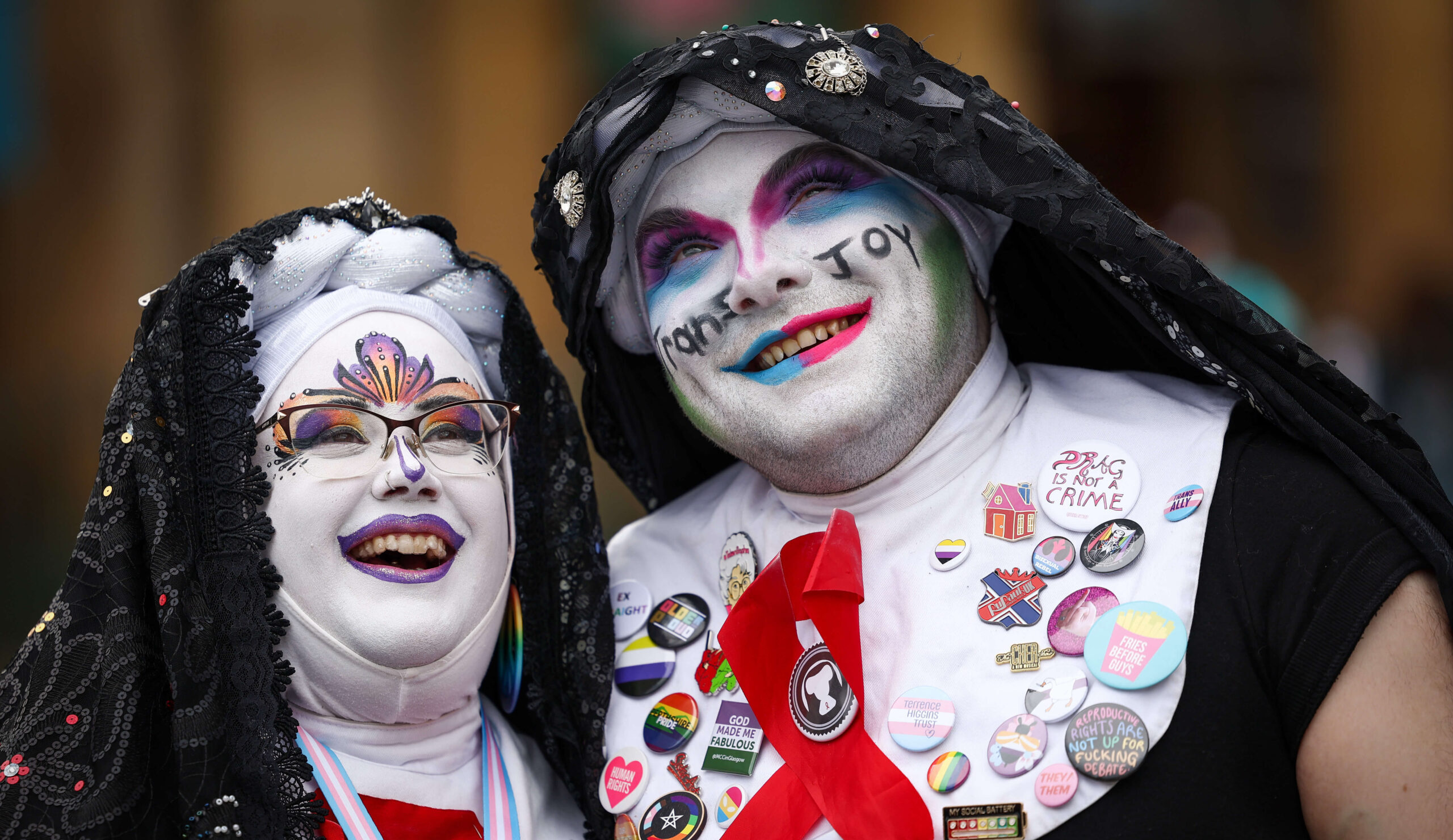Heartland of the Imagination:
Conservative Values in American Literature from Poe to O’Connor to Haruf
by Jeffrey J. Folks
(Jefferson, NC: McFarland, 2012)
The idea that the American South, the Midwest, and the Plains States composed a “heartland” in which people’s lives are still in accordance with the original ideals of the nation originated in the Jeffersonian vision of a nation of small farmers and tradesmen. It gained currency as the heartland and its settlers were exploited by land speculators, banks, and railroads. In his new study, Heartland of the Imagination: Conservative Values in American Literature from Poe to O’Connor to Haruf, Jeffrey J. Folks discusses the effect of the myth of the American heartland on the work of a selection of respected writers whose careers cover a significant span of American literary history: Edgar Allan Poe, Vachel Lindsay, James Agee, Flannery O’Connor, V. S. Naipaul, and Kent Haruf.
That the six apparently have little in common is, in Folks’s view, a positive feature: they demonstrate that the heartland myth is consistent with a variety of perspectives, such as Poe’s romanticism, Lindsay’s Christian fundamentalism, O’Connor’s Catholicism, and Naipaul’s traditionalism. These authors, Folks maintains, portray the American heartland as the repository, even the last refuge, of our national ideals: individual freedom, respect for the nuclear family, respect for private property, and respect for tradition. Folks does not try to demonstrate that the citizens of the American heartland preserve our ideals to any greater extent than do people anywhere else. He argues instead that the heartland is itself an ideal. In fact, it was one long before the region was extensively settled or even called the heartland. The South, the Plains, and the Midwest are our “imaginative heartland” to which we should look for models of social practices and individual conduct in order to live more independent and generous lives.
Folks devotes the introduction, the longest section of Heartland of the Imagination, to explaining why we need an imaginative heartland in the first place. Folks claims that our national ideals emerged from “the classical-Christian civilization of Europe.” That civilization was anchored by the belief that humanity was part of the order of nature. Descartes divorced the mind from the sensible world with his principle cogito ergo sum, thus alienating humanity from its place in the natural order. Unmoored from that natural order, the West sought a basis that was secular and material for civilization. That search led, however, to two demoralizing doctrines, “authoritarian systems of collectivism” and “radical personal autonomy.” By the first, Folks means chiefly communism and fascism, although he also deplores the increased centralization and authority of modern government, especially of the federal government in this country.
By “radical personal autonomy” Folks means the pursuit of individual satisfaction at the expense of the general welfare. Its symptoms are extreme polarization in politics, sensationalism in the news media, and an elevation of popular culture. This last point troubles Folks most of all because he sees pop culture replacing the more durable culture that has long served as a basis for our civilization. Folks’s book is, at heart, a plea for liberal education.
In the first of his chapters on Poe, “Poe and the Cogito,” Folks presents Poe as a model for the consequences of the Cartesian dissociation of mind and world. Poe lived in an era that recognized the human mind as the mediator between self and external reality, what Emerson called “Nature.” Poe failed to appreciate the subtleties of the idealism of Emerson and, for that matter, Kant, and concluded that the mind was the source of all reality. Consequently he could not count on the objective reality of the world or the ability of reason to describe it. In Poe’s stories, reality is unstable, according to Folks. Perceptions shift, motives are obscure, and, worst of all, ethics have no objective basis. In a later chapter, “Agee and Dostoevsky,” Folks argues that James Agee shared Poe’s post-Cartesian skepticism. As a result, Agee’s advocacy of social reform actually prepared the way for the totalitarianism of the 1930s and 1940s. Isolated from the culture and traditions of the people he wanted to help, Agee had to turn to the federal government to carry out relief projects. These projects were justified by social engineering, according to Folks, not necessarily the wishes of the people to whom they were applied.
In “Poe and Lindsay: Literary Outcasts,” Folks points out that Lindsay admired Poe’s work and believed that he and Poe had a good deal in common. Both writers felt they had been dismissed by literary cliques that were indifferent to their most important work. Folks observes that both Poe and Lindsay were Romantics: they believed that the purpose of art is to lead the audience up from the coarseness of everyday life to appreciate ideals of taste and conduct. Poe believed he could elevate the taste and morals of the reading public by sharpening their sense perception. Lindsay tried to raise the character of his audience by means of religious fervor. Folks shows, interestingly, that both authors regarded idealizing young, virginal women as essential to that effort.
However, the Romanticism that Poe and Lindsay shared was not an adequate response to the eras in which the two worked. Ralph Waldo Emerson, Poe’s near contemporary, agreed with Romantics like Poe that there is more to the world than the “material.” Emerson, however, showed that the other component of the world is our own mind, not a realm of ideals. Consequently we can shape our response to the material world instead of trying to escape it. Similarly the materialists of Lindsay’s time, William James and John Dewey, for example, demonstrated the necessity of distinguishing between mental and material circumstances: in order to alter our material situations we must understand the extent to which our beliefs brought about and sustain them.
The chapter that Folks devotes to Lindsay alone, “Vachel Lindsay’s Covenant with America,” is an excellent survey of Lindsay’s career and aspirations. Lindsay’s contribution to the heartland myth was his idea of a spiritually centered society that would embrace all faiths. Lindsay believed that the promise of the United States, the opportunity to realize one’s potential, was threatened by large-scale commerce and industry. He concluded that our material progress was deadening our perceptions, allowing us, in turn, to accept the tyranny of industry. Lindsay called on American towns to adopt programs of “spiritual revival and cultural uplift” and proposed remaking his hometown of Springfield, Illinois, as a model community. Lindsay called his effort to combine religious faith and fine art the “Gospel of Beauty,” and Folks writes movingly of Lindsay’s efforts to spread it.
Folks devotes the first half of his chapter on Flannery O’Connor to demonstrating that O’Connor was a political and social conservative at heart. She felt that neither whites nor blacks in the South were ready for sweeping changes in their relations. She maintained that northern civil rights activists would be better employed improving conditions in northern cities. Folks rightly points out that O’Connor’s central concern was to show that Christianity, Catholicism in particular, is our only alternative to secularism and materialism. Although O’Connor maintained that the region’s evangelical Protestantism was a faulty form of Christianity, she claimed that the South was the only place left in the United States where Christianity is taken seriously.
According to Folks’s reading of O’Connor’s novel The Violent Bear It Away, Francis Marion Tarwater is a prophet like those in the Old Testament. He devotes his young life to attacking false gods. The false gods in O’Connor’s novel are the novelties of a materialistic culture. They are served by behaviorist psychology, personified by the schoolteacher, Rayber, which replaces spiritual yearning with consumption and conformity. Young Tarwater rejects everything Rayber has to offer, from clothing to airplane rides, because his only concern is calling people to obey the Lord. Folks claims that Tarwater’s drowning of Bishop “is, and is not, murder” because its significance as a baptism “transcends” the legal issue of homicide. Bishop’s drowning is really a sacrifice. By destroying the “misfit,” Bishop, Tarwater is calling attention to the secular world’s indifference to those who can’t compete in it.
V. S. Naipaul became controversial in the 1970s for maintaining that the newly independent nations of the Third World were hobbled by their mythologies from becoming developing modern economies. Their revolutionary leaders had appealed to a combination of socialism and nationalism to unite their peoples. Decades later, those “-isms” were means of continuing regimes that were irrelevant at best, despotic at worst. Naipaul toured the American South in 1984 expecting to find similar mythologies at work, and to a degree he did. More important, Naipaul observed the emergence of the modern-day Sun Belt: new highways, modern factories and office buildings, and state-of-the-art infrastructure. Reading Naipaul a quarter century later, Folks acknowledges that in the South “industrialization and urbanization are making steady inroads” and “a meaningful relationship to the past is accomplished more by art than in actuality.” This may be putting the case mildly. Hurricane Katrina exposed the gap between the haves and the have-nots in the South that a generation of development has created.
The novels of the contemporary Colorado writer Kent Haruf depict Folks’s myth of the heartland most clearly. The heroes of Haruf’s best-known novel, Plainsong (1999), are two bachelor brothers named McPheron who operate a farm in northern Colorado. They take in a pregnant girl, Victoria Robineaux, who is scorned by the rest of the town. The McPherons’ good qualities are the legacy of their settler ancestors, who “had to wrest a meager living from the dry, sandy soil” of northern Colorado. They illustrate, for Folks, “a paradoxical truth that the heartland’s harsh and unforgiving environment should foster such nobility while the less demanding urban milieu represented by Denver seems a place of exploitation and degradation.”
The real subject of the chapter on Haruf, and of the “Epilogue” that follows, is the effect of popular culture. Folks claims that Haruf’s novels present a more accurate picture of the American West than the popular myth of the “outlaw hero,” a solitary figure who defends his independence by violence. Folks’s examples are Clint Eastwood, Waylon Jennings, and the title characters in the movie Thelma and Louise. As Folks points out, the outlaw hero is not a martyr but a desperado, literally someone in despair. Today’s pop desperadoes are individuals who do not believe that the present “establishment” has any place for them. Folks cites the boys who killed the students and teachers at Columbine High School as examples; the young men who carried out the attacks of September 11, 2001, would serve as well. Folks admires Haruf for offering an alternative to this myth. Haruf portrays the outlaw hero “tamed . . . by the redemptive force of an enduring civilization.” According to Folks, Haruf demonstrates that an enduring civilization allows individuals to preserve their ideals while functioning in a larger society.
In Folks’s view, enduring civilizations are transmitted by the twin forces of religion and culture; in the case of the West, by “classical-Christian civilization.” Pop culture undermines civilization because it offers exaggerated villains, shallow heroes, and simplistic, even despairing solutions to problems that call for patience and humility. Those qualities come from liberal learning, pursued in order to preserve the culture and to develop the capacity of the individual to play a responsible part in it. ♦
T. W. Hendricks teaches English at Stevenson University. He has written previously in Modern Age about Edwin Arlington Robinson, Flannery O’Connor, and historian Theodore Maynard.














